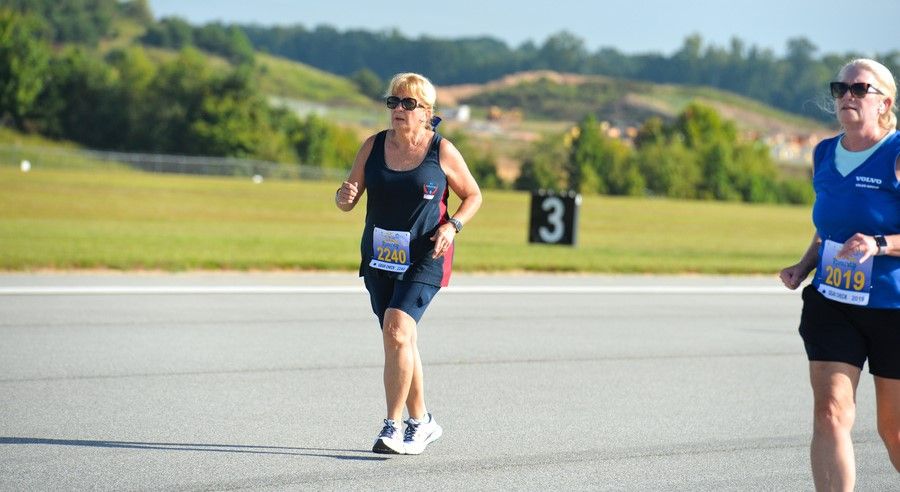Runners: Angela Staab
The Runners profile is posted on Friday mornings at Running Shorts. Today, meet Angela Staab, whose life has been dedicated to helping others get healthy and now uses running to practice what she taught.

The Runners profile is posted on Friday mornings at Running Shorts. Today, meet Angela Staab, whose life has been dedicated to helping others get healthy and now uses running to practice what she taught.
